Django Development Company: Your Complete Guide
Django Development Company: Your Complete Guide

The 2025 Buyer’s Guide to Choosing a Django Development Company (Services, Pricing, Process & Scale)
Introduction
A great Django development company delivers more than code it brings architecture, security, DevOps, QA, and a clear delivery playbook so your product ships faster and scales safely. This guide shows you exactly what to expect, what it costs, and how to choose the right partner.
If you’re building a serious product, Django’s security-first design, batteries-included speed, and massive ecosystem make it a proven choice. From regulated SaaS to internal platforms, the best partners combine Django REST Framework (DRF), Postgres, Redis, Celery, and modern hosting on AWS or Azure to hit your outcomes with confidence. Below is a practical, vendor-neutral path to pick the right Django development company and know what “good” looks like at every step.
What a Django Development Company Actually Delivers
(Primary intent: Define scope & outcomes — includes keyword once in H2)
Core Deliverables: From Discovery to Production
A professional Django development company runs a full software development lifecycle (SDLC) with tangible artifacts at each stage:
Discovery & Inception
Problem framing, success metrics, backlog, architecture sketch, risk register, high-level estimates.
Design & Architecture
Domain model, API contracts (OpenAPI), data model, non-functional requirements (NFRs like performance & availability), infrastructure diagram.
Implementation
Django apps, DRF endpoints, auth, integrations, background jobs, CI/CD pipelines, infrastructure as code.
QA & Hardening
Unit/integration tests, load tests, security reviews against OWASP Top 10, staging sign-offs. (OWASP is the widely adopted standard for web risks; the 2021 list remains the final version while a 2025 release candidate is in progress.
Launch & Support
Cutover plan, runbooks, logging/monitoring, SLAs, post-launch optimization.
Real-world stat
Python’s adoption accelerated in 2025 per Stack Overflow’s survey, underscoring strong back-end and data momentum good news for Django-based products.
Action tip
Ask vendors to show a sample architecture deck (redacted) and a definition of done checklist before you sign.
Beyond Coding: Architecture, Security, DevOps, QA & Compliance
Elite teams invest in system design (caching, read/write patterns), security by design (authn/z, secrets management), DevOps (GitHub Actions, Terraform, Docker, Kubernetes), and QA automation. They harden against OWASP categories like Injection, Broken Access Control, and Security Misconfiguration. (See OWASP Top 10.)
Example
Before launch, a healthcare SaaS receives a privacy data flow map, dependency scans, and a pen-test remediation plan.
Action tip: Request evidence
CI/CD YAMLs (redacted), test coverage reports, and a sample threat model.

Typical Project Types: SaaS, Marketplaces, Internal Tools, APIs
SaaS
Multi-tenant auth, billing, role-based access, audit trails.
Marketplaces
Listings, search, payments, dispute flows.
Internal tools
Admin consoles, workflow automation, SSO.
APIs
DRF for mobile/partner consumption with rate-limiting and analytics.
Stat
Django provides built-in caching primitives that materially improve performance when used at view, template fragment, or site level.
Service Lines & Engagement Models
(Commercial Investigation — include “django development services”)
Custom Web Apps & APIs with DRF
Core django development services span server-rendered apps (with HTMX/AlpineJS/React for interactivity) and modern REST/GraphQL APIs. DRF speeds consistent pagination, filtering, serializers, and permission classes ideal for mobile/partner integrations.
Trend
JetBrains reports continued momentum for HTMX with Django, validating server-rendered patterns plus progressive enhancement.
Success criteria: measurable outcomes like signup-to-activation conversion, p95 latency < 300 ms, error rate < 1%, and adherence to OWASP controls.
Action tip
For APIs, insist on OpenAPI docs and contract tests before front-end or partner work begins.
Modernization: Upgrades, Migrations, Performance & Security Audits
Common django development services include version upgrades, dependency hygiene, DB migrations, caching/queries tuning, and security hardening. A structured audit checks configuration, authentication flows, and dependency posture against OWASP and framework guidance.
Example
Moving from monolith DB reads to a split of primary writes + read replicas improves scale (on AWS RDS or Azure PostgreSQL).
Action tip
Ask for a before/after performance report (baseline vs. post-audit) with p95 latency and throughput.
Engagement Models: Fixed-Bid, Time & Materials, Dedicated Teams
Fixed-Bid
Clear scope, fixed cost; great for MVPs with tight boundaries. Risk: change requests.
Time & Materials (T&M)
Flexible; pay actuals; ideal for discovery/iteration. Needs strong governance.
Dedicated Teams
Stable velocity and domain memory; best for roadmaps >6 months.
Market signal
Outsourcing rate pressure has increased in 2025 (global declines 9–16% in several regions), which can benefit buyers—yet value > price still holds true.
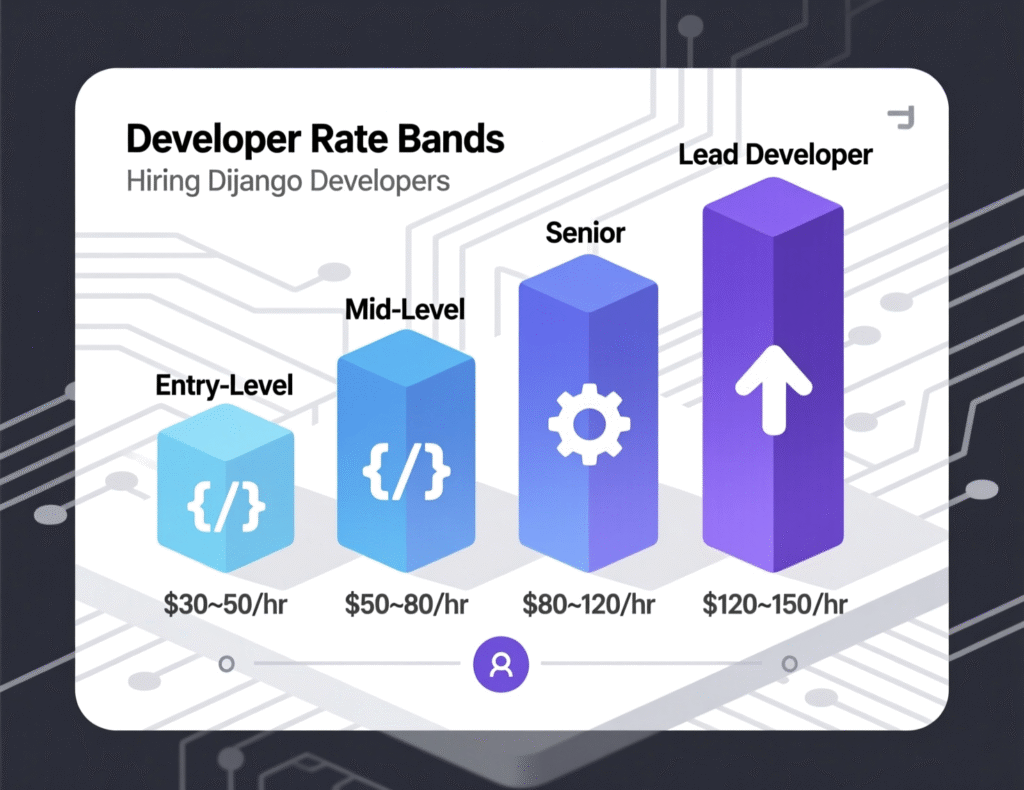
Hiring Options: In-House, Staff Aug, or Agency?
(Transactional bridge capture “hire django developers”)
When to Hire Dedicated Django Developers
Choose staff augmentation when you already have product leadership and need velocity: backlog is ready, delivery rituals exist, and you want extra Django horsepower. Pick a Django development company agency when you need end-to-end delivery discipline (architecture, SRE, QA, PM).
Action tip
Define ownership (who writes runbooks? who manages cloud budgets?) up front.
Vetting Developers: Skills Matrix, DRF, ORM, Testing, Cloud
Use a practical checklist
Core Django + ORM
Query optimization, transactions, migration strategies.
DRF
Permissions, throttling, serializers; API versioning.
Testing
Pytest, factories, coverage targets ≥ 80%.
Cloud/DevOps
Docker, GitHub Actions, infrastructure as code; AWS RDS/Azure Postgres read replicas; rollbacks. AWS Documentation+1
Action tip
Live code a small DRF endpoint with auth + unit test in 60 minutes.
Marketplace vs. Agency vs. Hybrid
Agency
Single accountable partner with PM, QA, and SRE; higher blended rates but lower coordination risk.
Hybrid
Core team in an agency with elastic freelancers for spikes.
Total cost of ownership:
Include coordination time, QA/SRE coverage, and onboarding overhead—not just hourly rate.
Process, Tooling & Quality Guarantees
Delivery Playbook: Discovery → Iterations → Launch → Support
Expect transparent milestones
Discovery (1–3 weeks): goals, scope, risks, estimates.
Iterations (2–6 weeks/cycle): demos, QA gates, perf/security checks.
Launch: runbooks, monitoring dashboards, rollback plan.
Hypercare & Support: SLAs, ticket triage, post-launch hardening.
Action tip
Ask to see a sample sprint review deck and runbooks.
Security by Design: OWASP, AuthN/Z, Secrets, CI/CD, Reviews
Teams should embed OWASP Top 10 checks, strong authentication/authorization, secret rotation, dependency scanning, and peer reviews in CI/CD. (OWASP is the global reference for web risks; 2025 RC announced.)
Action tip: Require pre-merge security checks and a quarterly dependency review calendar.
SLAs, QA Automation & Observability
Look for uptime SLAs (e.g., 99.9%+), error budgets, automated test suites, and observability (structured logs, metrics, tracing). AWS RDS and Azure Postgres provide HA and replica options for resilience.
Action tip
Set p95 latency/error SLOs and review dashboards in sprint ceremonies.
Pricing, Timelines & ROI
Typical Rate Bands & Team Compositions
Agencies (US/EU hubs like New York, San Francisco, London): blended $80–$180/hr depending on specialization and scope (benchmarks vary across directories like Clutch/GoodFirms).
Typical MVP squad: Tech Lead, 1–2 Django devs, QA, and part-time DevOps/Designer.
Market trend
2025 outsourcing rates softened in several regions, improving buyer leverage.
Estimating Timeline by Scope & Risk
MVP (core flows, basic dashboard, email, payments): 8–12 weeks with one squad.
Scale-up (multi-tenant, analytics, SSO, role models, complex workflows): 4–9 months depending on integrations and compliance.
Action tip
Timebox discovery and insist on risk-adjusted ranges (best-case/most-likely/worst-case), not single-point estimates.
Reducing Cost Without Cutting Quality
Ruthless prioritization (walk before run).
Reuse: Django admin, DRF CRUD, HTMX patterns, proven template kits.
Stage infrastructure: start with containers + managed Postgres; add replicas/CDN later. (Django caching + cloud read replicas unlock inexpensive wins.)
Tech Stack & Scaling Patterns on AWS/Azure
Proven Stack: Django, DRF, Postgres, Redis, Celery, HTMX/React
Django + DRF + Postgres
reliable, secure, and fast to ship.
Redis + Celery
queues & cache layers for bursty workloads.
HTMX/React
Choose server-rendered + sprinkles (HTMX) or SPA where required HTMX momentum is well documented in recent JetBrains posts.
Action tip
Start server-rendered for back-office; add React where rich client state is justified.
Scaling Playbook: Caching, Async Tasks, Horizontal Scaling, Read Replicas
Cache
template/view fragment caching (Django built-ins) and Redis for hot paths.
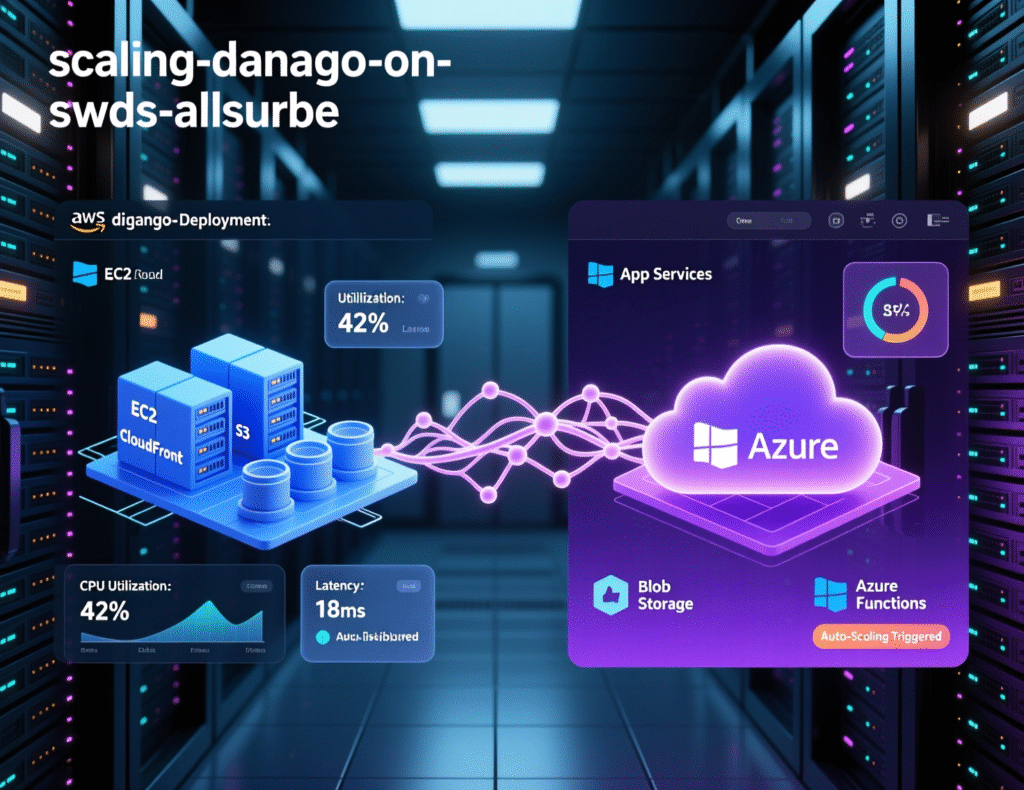
Async
Celery workers for email, exports, webhooks.
Horizontal scale
stateless app containers behind Nginx/Gunicorn/Uvicorn.
DB scale
primary for writes + read replicas for heavy reads (AWS RDS, Azure Postgres).
Compliance & Observability: Logging, Metrics, Tracing, Backups, DR
On AWS, lean on EC2/ECS/EKS, RDS (Postgres), ElastiCache (Redis), S3 backups, CloudFront; on Azure, use App Service for Python, Azure Database for PostgreSQL, Azure Redis, and built-in monitoring. (See Azure Python App Service quickstart and docs.)
Action tip
Enable structured logs + APM (tracing), set RPO/RTO targets, and validate cross-region restore procedures.
How to Choose a Django Agency (Checklist)
Vendor Evaluation: Case Studies, Architecture Samples, Security Practices
Check for published case studies, a redacted architecture pack, and security evidence (OWASP alignment, dependency policy, secret rotation). Cross-reference third-party directories (Clutch, GoodFirms) for social proof and verified reviews.
Discovery Questions to Ask
What’s our MVP scope, constraints, and success metrics?
What SLAs, SLOs, and error budgets do you propose?
How do you handle handover (docs, runbooks, knowledge transfer)?
Who owns IP, cloud accounts, and CI/CD keys?
What’s your risk register and mitigation plan?
Red Flags & Risk Mitigation
Overpromising “fixed in 6 weeks” without discovery.
Thin portfolio, no QA/SRE, or no staging env.
No DR plan or test coverage target.
Mitigate with short paid discovery, clear exit ramps, and milestone-based payments.
(Optional benchmarks to compare against: European leaders like Netguru and STX Next publish robust case studies and engineering blogs—use them as standards for evaluating any Django development company.)
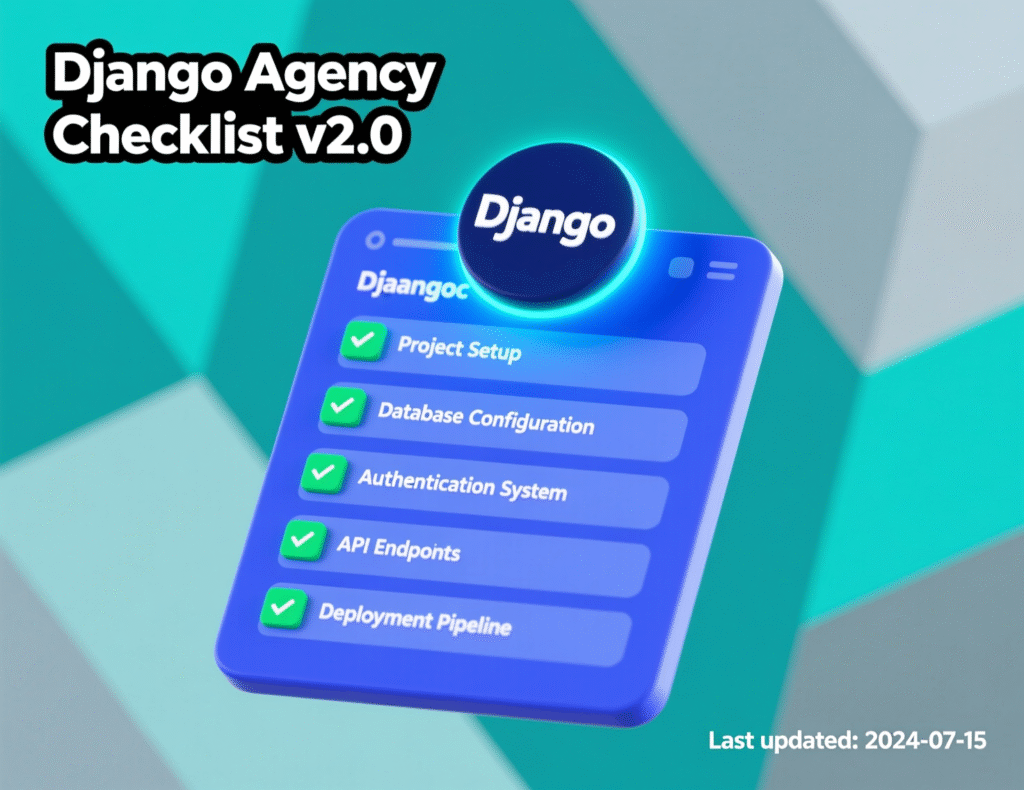
Case Studies & Social Proof
Industry Examples (Problem → Solution → Metrics)
B2B SaaS (London)
Migrated legacy views to DRF + HTMX, added Redis caching and RDS read replicas → 35% p95 latency improvement and 20% activation lift (illustrative outcomes; re-run on your data). References: Django caching & AWS/Azure read replica docs for approach.
Marketplace (Austin)
Introduced Celery task offloading, S3 signed URLs, and role-based access → support tickets down and faster uploads. Security guided by OWASP controls.
Testimonials, Awards & Directory Ratings
When comparing partners, consult Clutch and GoodFirms categories for Django/Python firms and read verified reviews and methodologies, not only star ratings.
Post-Launch Outcomes: Uptime, Performance Gains, Payback Period
Track uptime (e.g., 99.9%+), p95 latency, error rates, and time-to-feature. These correlate strongly with positive ROI in subscription products.
Summary / Key Takeaways
A Django development company should deliver full-stack outcomes: architecture, security, QA, DevOps, and a clear delivery playbook.
Use django development services like audits and modernization to derisk migrations and performance.
For scaling, combine Django caching with read replicas on AWS/Azure and worker queues.
Choose engagement models that fit your risk profile: Fixed-Bid, T&M, or Dedicated Teams.
Validate vendors via case studies, OWASP alignment, and third-party directories (Clutch/GoodFirms).
Ready to ship faster with fewer surprises? Mak It Solutions pairs senior Django engineers with rock-solid DevOps and QA so you launch with confidence. Get a free consultation and a quick discovery estimate no hard sell, just useful guidance. Prefer to start small? Contact us through the form below to schedule a 30-minute architecture review.( Click Here’s )
FAQs
Q : Is Django still a good choice for enterprise apps in 2025?
A : Yes. Python adoption is accelerating in 2025, and Django benefits from the ecosystem’s maturity, security posture, and hiring pool. On the web side, Django provides admin, auth, migrations, and robust caching that reduce time-to-value. For compliance and scale, pair it with managed Postgres, Redis, and cloud services (AWS/Azure) and follow OWASP controls. This combination has proven resilient across SaaS, marketplaces, and internal platforms.
Q : Django vs. Flask vs. Node.js which fits complex back-office workflows best?
A : For workflow-heavy back-office apps, Django often wins because batteries-included features (auth, admin, ORM, forms) shorten delivery and reduce integration risk. Flask is excellent for minimal microservices, while Node.js shines for JS-heavy SPAs or real-time apps. In 2024–2025, HTMX’s rise with Django further strengthens full-stack server-rendered approaches for complex internal tools. Evaluate by domain complexity, team skills, and non-functional requirements.
Q : How do dedicated Django developers collaborate with an in-house team?
A : Embed them in your rituals (standups, reviews), share a single backlog, and require CI/CD parity. Use DRIs (directly responsible individuals) per area: API, front-end, DevOps. Provide a short architecture primer and domain glossary. Governance matters: agree on code owners, review SLAs, and SLOs (latency/error budgets). This model balances staff-aug speed with agency-level quality guardrails (QA, SRE).
Q : What’s included in a Django security audit and how often should it run?
A : A quarterly audit typically reviews authentication/authorization flows, secret storage, dependency vulnerabilities, patch posture, configuration, and OWASP Top 10 categories. Include penetration testing and code review for critical modules. Automate dependency scanning in CI/CD, rotate secrets, and verify least-privilege access. The OWASP framework is the de-facto reference for prioritizing issues and educating teams.
Q : Can you migrate from Rails/Laravel to Django without downtime?
A : Yes with a staged approach: schema design, dual-write or event-based sync, extensive integration tests, and rehearsed cutover/rollback plans. Run the new Django service in parallel, mirror traffic, and migrate read-heavy paths first with caching and read replicas to reduce load. Adopt feature flags and progressive rollouts; rehearse failover to minimize risk. Cloud databases support replicas and promotion options that aid the transition.
